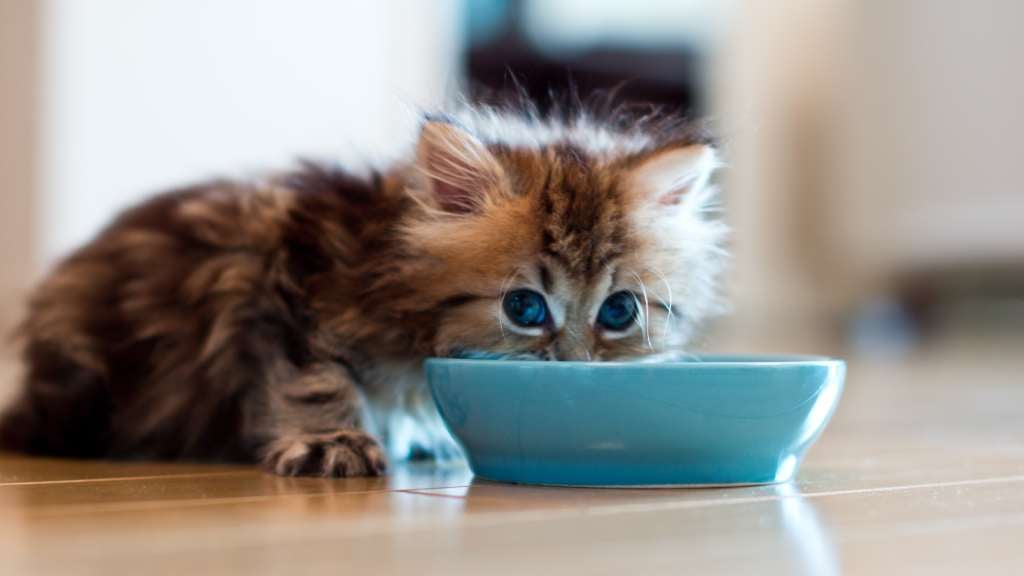Recent innovations in food and drink have changed the way we dine at restaurants and at home.
Some of the latest changes have been developed with the environment in mind, while others have targeted the finest palates.
Here are some of the best food inventions of the 21st century so far.
Cronuts

fotopitu/Getty Images
Pastry chef Dominique Ansel is credited with creating cronuts at his bakery in New York in 2013.
The pastry resembles a doughnut and is made from croissant-like dough. It is filled with flavored cream and fried in grapeseed oil.
Just days after they were launched, hundreds of people began queuing up to taste the new invention, which is now a staple among American desserts.
Rolled Ice Cream

Getty Images
Rolled ice cream originated in Thailand in 2009 and by 2015 it had hit the East Coast of the United States after becoming popular in viral videos posted on social media.
As its name suggests, it is a form of ice cream that is flattened and rolled up. Unlike traditional ice-cream which is pre-made, rolled ice cream is made-to-order and usually takes about five minutes to prepare.
Some of the most popular flavors include mango, vanilla, coffee, matcha green tea and cookies ‘n’ cream.
Ruby Chocolate
Ruby Chocolate is a variety of chocolate unveiled in 2017. It was created by Belgian-Swiss cocoa company, Barry Callebaut.
It has a unique flavour, combining fruity and citrus notes with the rich decadence of chocolate.

iStock / Getty Images Plus
Tomato Sushi
Tomato sushi is an eco-friendly alternative to raw tuna and was invented by one of America’s top chefs, James Corwell.
He developed a revolutionary way to cook tomatoes which makes them have the same texture as sushi-graded tuna.
It’s vegan, healthy and tasty. Why not give it a try?
Natural Wine

Isabelle Legeron
Natural wine has become more popular over the last 20 years, even though it accounts for a small percentage of wine in the world.
Isabelle Legeron, founder of rawwine.com, never worried about calories in wine. Instead, she thinks it is more relevant to think about how much pesticide residues might end up in your wine if the grapes were not farmed organically, or the impact of dozens of wine additives on your health.
Organically farmed grapes contain higher levels of polyphenols (antioxidants) than conventionally farmed grapes, for example. Natural wines only contain grapes and sometimes very low levels of sulphites.
Reusable Beeswax Wraps

WaxWrap
A sustainable reusable beeswax wrap designed to keep food fresh without using cling film has been launched in a bid to save plastic. WaxWrap is made of organic materials including cotton, Jojoba oil, pine resin and beeswax.
It is malleable, thick, rigid, and re-usable. Not only does it benefit the environment as it is completely compostable, it also keeps food fresh for longer.
WaxWrap are availale online or via Planet Organic and Whole Foods Market.
Fresh Beer At Home

Pinter
Ever dreamed of having a truly fresh pint of beer at home? It is now possible.
Home brewing has had something of a revival in recent years, and The Pinter hopes to simplify the process while focusing on freshess.
Launched in 2020, the multi-colored kegs promise to deliver “beer at the optimum point for drinking – right after it’s finished conditioning when it’s at its freshest and the flavour is at its peak.”
Food 3D Printing
Food Ink is a gourmet experience in which all the food, utensils and furniture are completely produced through 3D printing.
The idea has been developed by a team of architects, artists, chefs, designers, futurists, industrials, inventors and technologists.
The menu includes options such as mock caviar jellies, swirly-shaped chocolate puddings and fish and chips paste.
Scent-Based Water Drinking

Air Up
This involves adding pods to add natural flavorings and scents to pure water.
Air Up flavors include lime, orange and passionfruit, cola and iced coffee. What’s more, pods are fully recyclable. The full range of bottles and pods, as well as full sets, can be found on the Air Up website.
Lena Jüngst, co-founder of Air Up, said its design shows “a more healthy and sustainable lifestyle can still be fun and appealing.”
Cultured Beef
Cultured Beef is produced by harvesting muscle cells from a living cow through a painless process. The cells are then fed and nurtured by scientists to create muscle tissue, which is the main component of the meat we eat.
As the cells grow into strands of meat, they are then combined to create a normal-sized hamburger. Research has found Cultured Meat could be beneficial for the environment as it would contribute to reducing greenhouse gas emissions.
The process would also use 99 percent less space compared to current farming methods, Culturedbeef.org explains.
The production takes about two to three weeks depending on the type of meat being produced.

microgen/Getty Images

